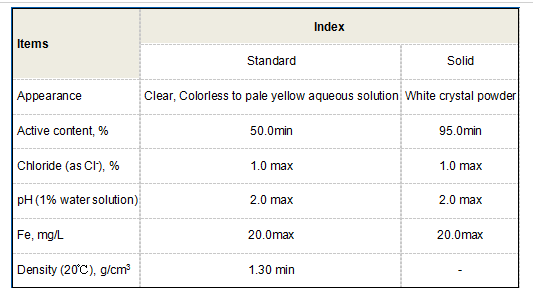water flocculant
Water Flocculant An Essential Component for Water Treatment
Water is one of the most critical resources on our planet, sustaining life and supporting various industries. However, the rapid growth of population and industrialization has led to increased water pollution, necessitating effective water treatment solutions. One such solution is the use of water flocculants, which play a vital role in the purification process.
What is Water Flocculant?
Water flocculants are chemical substances that promote the clumping of fine particles into larger aggregates, or flocs. This process is known as flocculation, and it is crucial in water treatment facilities where the goal is to remove suspended solids and contaminants from water. These flocculants can be natural or synthetic, with variations in their chemical structure and mechanisms of action.
Natural flocculants include biopolymers like starch, gelatin, and certain plant extracts, while synthetic flocculants are often made from acrylic or polyacrylamide-based compounds. Each type has its advantages and specific applications, depending on the characteristics of the water being treated and the contaminants present.
The Flocculation Process
The flocculation process typically involves several stages coagulation, floc formation, and sedimentation. Initially, coagulants are added to the water, which neutralize the charges on suspended particles, allowing them to come closer together. Once the particles are in proximity, flocculants can be introduced to facilitate the formation of larger aggregates, which are easier to remove.
After sufficient floc formation, the water undergoes sedimentation, where the larger flocs settle to the bottom of the treatment tank, separating from the clear water above. This purified water can then undergo further treatment or be released for various uses, such as irrigation, industrial processes, or even drinking water supplies.
Advantages of Using Water Flocculants
water flocculant

The application of water flocculants offers numerous advantages in water treatment. Firstly, they significantly enhance the efficiency of the purification process, leading to cleaner water and reduced contaminants. This efficiency is particularly crucial in municipal water treatment facilities, where large volumes of water must be processed quickly to meet public health standards.
Moreover, flocculants contribute to faster sedimentation rates, minimizing the time required for the overall treatment process. This speed can lead to cost savings for water treatment plants, allowing them to operate more efficiently and economically.
Additionally, the use of natural flocculants can offer environmental benefits. Biodegradable and non-toxic, these substances help minimize the ecological impact of water treatment processes. In contrast, synthetic flocculants, while effective, may have potential environmental risks if not managed properly. Therefore, monitoring and regulation are necessary to ensure their safe usage.
Applications of Water Flocculants
Water flocculants have diverse applications across various sectors. In municipal water treatment plants, they are essential for providing clean drinking water. In industrial processes, flocculants help in the clarification of wastewater, enabling factories to comply with environmental regulations before discharging effluents.
Moreover, in the mining industry, flocculants assist in the separation of valuable minerals from ore, making mineral processing more efficient and less harmful to the environment. Agriculture also benefits from these treatments, as they can enhance water quality for irrigation, ultimately leading to improved crop yields.
Conclusion
In summary, water flocculants are indispensable to modern water treatment practices. By facilitating the removal of suspended particles and contaminants, they ensure that water is safe for consumption and use across various industries. As water scarcity and pollution continue to pose challenges globally, the development and application of effective flocculants will be crucial in promoting sustainable water management. Through ongoing research and innovation, water flocculants can evolve to meet the needs of a changing world, contributing to a safer and more sustainable future for our vital water resources.
-
Water Treatment with Flocculant Water TreatmentNewsJun.12,2025
-
Polymaleic AnhydrideNewsJun.12,2025
-
Polyaspartic AcidNewsJun.12,2025
-
Enhance Industrial Processes with IsothiazolinonesNewsJun.12,2025
-
Enhance Industrial Processes with PBTCA SolutionsNewsJun.12,2025
-
Dodecyldimethylbenzylammonium Chloride SolutionsNewsJun.12,2025





